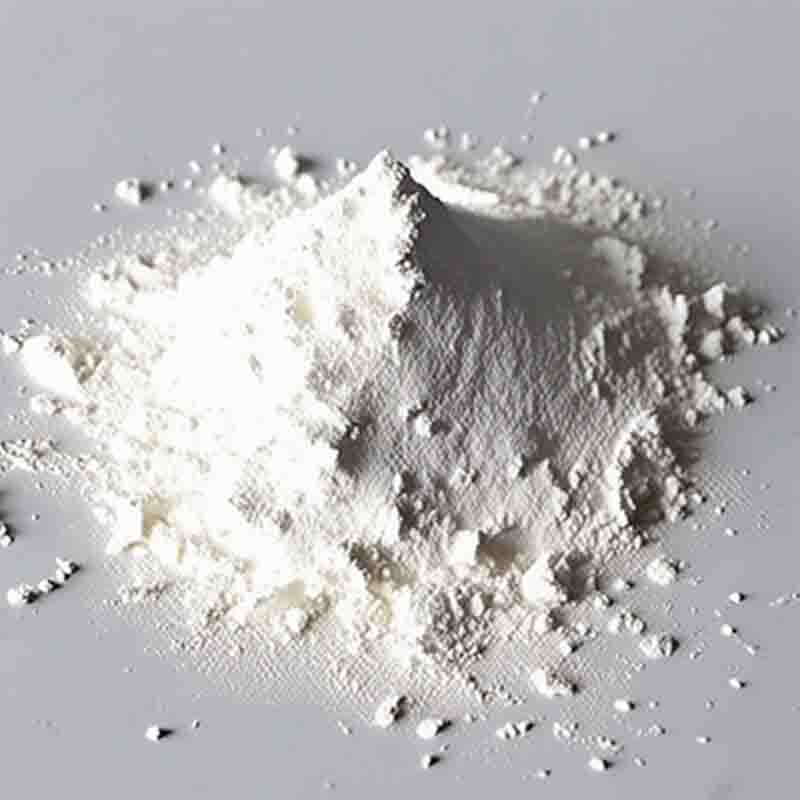3,4-Difluorobenzoicacid CAS:455-86-7
| Catalog Number | XD96355 |
| Product Name | 3,4-Difluorobenzoicacid |
| CAS | 455-86-7 |
| Molecular Formula | C7H4F2O2 |
| Molecular Weight | 158.1 |
| Storage Details | Ambient |
Product Specification
| Appearance | White powder |
| Assay | 99% min |
3,4-Difluorobenzoic acid is a chemical compound with the molecular formula C7H4F2O2. It is a derivative of benzoic acid, with two fluorine atoms attached to the 3 and 4 positions of the benzene ring. This compound has several potential effects and applications due to its unique chemical structure.
One of the main effects of 3,4-Difluorobenzoic acid is its use as a building block in organic synthesis. It can be used as a starting material for the synthesis of various pharmaceuticals, agrochemicals, and other organic compounds. Its fluorine substituents can also impart unique properties to the molecules it is incorporated into, making it a valuable tool for medicinal and materials chemistry.
In addition, 3,4-Difluorobenzoic acid has been studied for its potential biological activities. Fluorinated compounds are of interest in medicinal chemistry due to their ability to modulate the properties of drug molecules, such as their stability, lipophilicity, and protein binding. Therefore, 3,4-Difluorobenzoic acid and its derivatives may have potential as drug candidates or as tools for studying biological systems.
Furthermore, 3,4-Difluorobenzoic acid may also have applications in the field of materials science. Fluorinated compounds are known for their unique physical and chemical properties, such as low surface energy and high thermal stability. These properties make fluorinated compounds valuable in the development of specialty materials, such as coatings, adhesives, and polymers.
Overall, 3,4-Difluorobenzoic acid has the potential to be a valuable tool in organic synthesis, medicinal chemistry, and materials science. Its unique chemical structure makes it a versatile building block for the preparation of diverse compounds, and its fluorine substituents may confer valuable properties to the molecules it is incorporated into. Further research into the potential applications of 3,4-Difluorobenzoic acid and its derivatives may uncover new and exciting uses for this compound in the future.


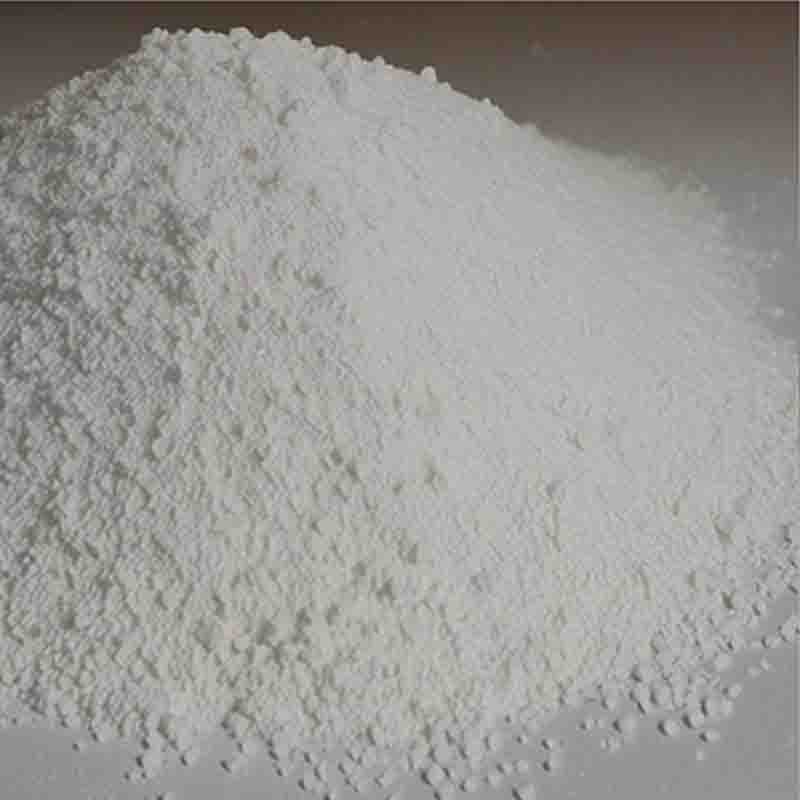


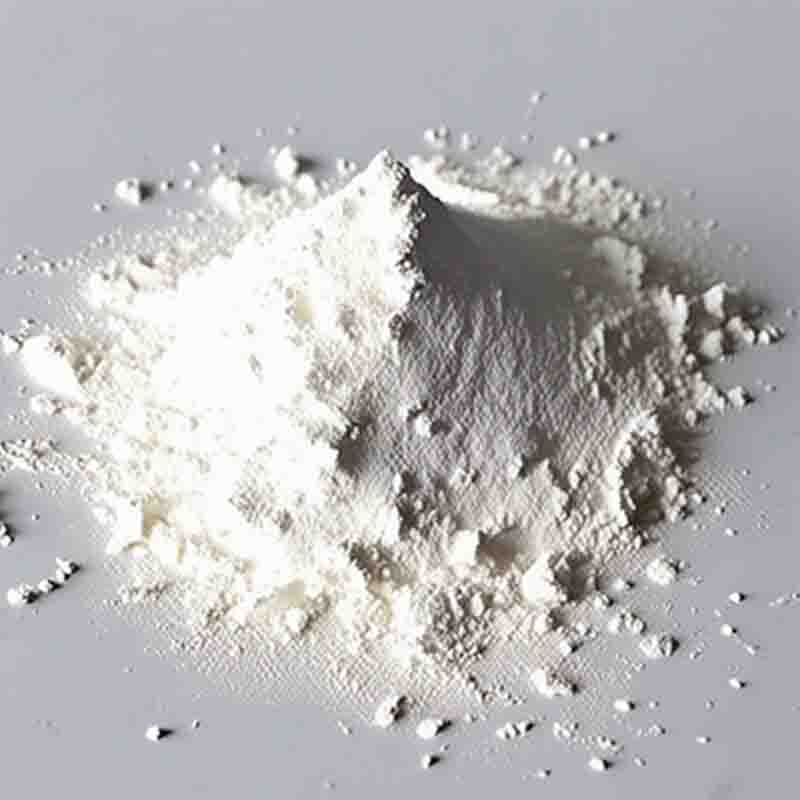
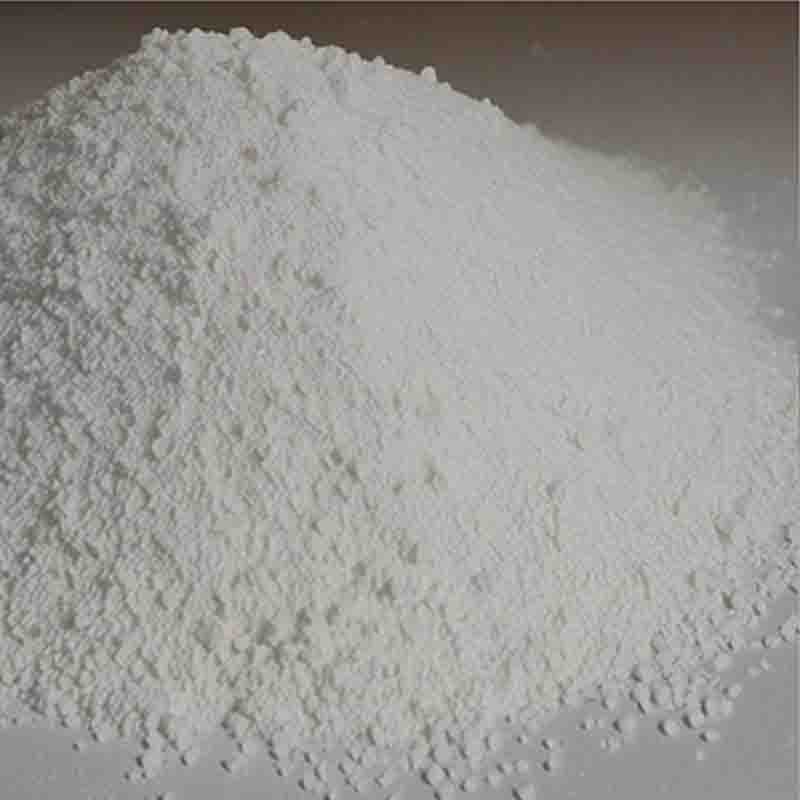
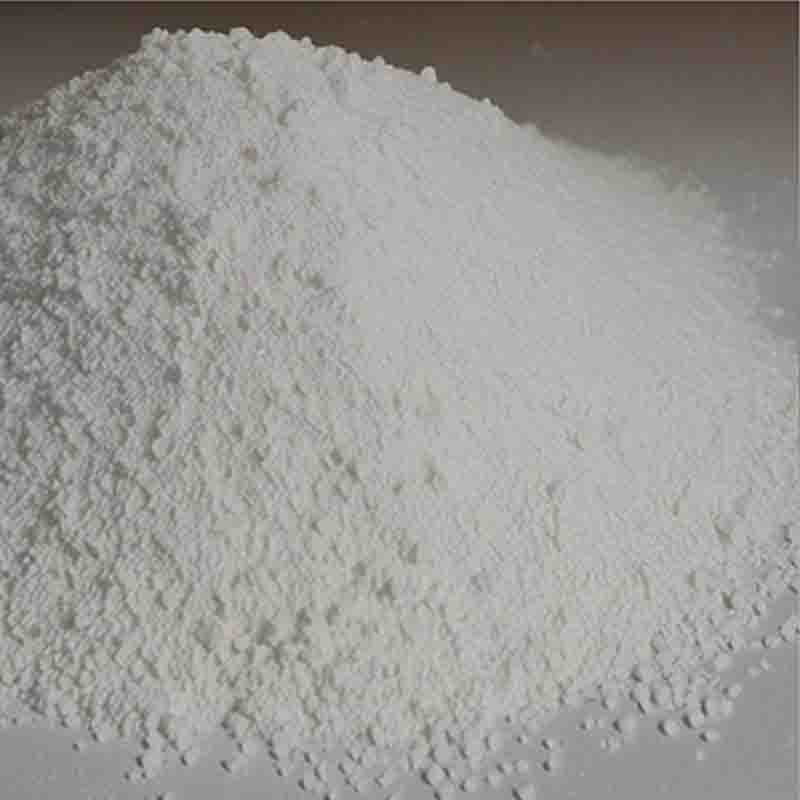
![[1,1'-bicyclohexyl]-4,4′-diol CAS: 20601-38-1](https://cdn.globalso.com/xdbiochems/白色粉末21604.jpg)
